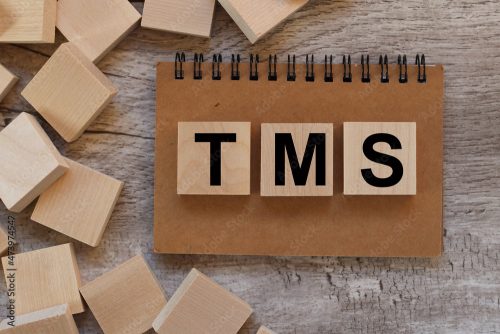Managing translation projects has become a lot more efficient thanks to Translation Management Systems – cloud-based software that automates the entire translation workflow. They store centralised files securely, can connect to other tools, and are extremely efficient at helping you manage intricate glossaries and Translation Memories.
You know your tasks, milestones, and priorities better than anyone. If you’ve got translation and localisation projects coming in regularly, you may have already thought about using a TMS to help you manage your multilingual projects.
Behind every slick TMS system is a successful integration, with well-thought-out processes and prep work.
By organising your TMS integration yourself, you can choose how you want to set up your projects, files, glossaries, and Translation Memories; optimising your system so that your team members and clients can quickly access and share files. You can build your own localisation team, outsource to your chosen contributors, and add them into your system as users.
Where to start? First, you’ll need to find a TMS system that works for you and your needs. Then, you’ll need to decide which tools in your tech stack you can and need to integrate into your system. This is crucial for quickly and efficiently processing updates.
Then, you’ll need to decide on your workflows and include them in your process. This could be instant AI-powered machine translation, or a more thorough human Translation, Editing, Proofreading (TEP).
Maintenance is key. There are a lot of moving parts to a translation process, so you need to be constantly maintaining and oiling the machine to keep it going. To make the most of the tools, you’ll need to invest time into learning how to use them, building and maintaining a clean and up-to-date glossary, and keeping Translation Memories fresh and accurate. Staying on top of user management and pools of available linguists can also present another challenge, particularly if you’re working to strict deadlines.
Integration is a big investment, but once you’ve got your system going, you’ll be rewarded with extra time and reduced translation costs.
Don’t have the right resources available to integrate a TMS system yourself?
Don’t worry. You can also outsource the integration to a Language Service Provider and free up valuable time to work on other projects, even if you decide you want to manage the system yourself later down the line. By doing it this way, integration is normally fairly smooth, as LSPs already fully understand the TMS software and the localisation process. With this knowledge, they can also provide ongoing support.
Remember that outsourcing your TMS integration doesn’t mean completely handing over the reins to someone else. You can work together to optimise your process and decide which system and features work best for you, and which aren’t necessary.
Integrating and managing a TMS system within your company is hard work, but rewarding. And if you need assistance with this, we can help. We will consult with you to assess your needs and requirements; providing expert advice on what to do, and how best you can use a TMS system to support your organisation. We’ll also be on hand to support you every step of the way in case you hit a snag.

